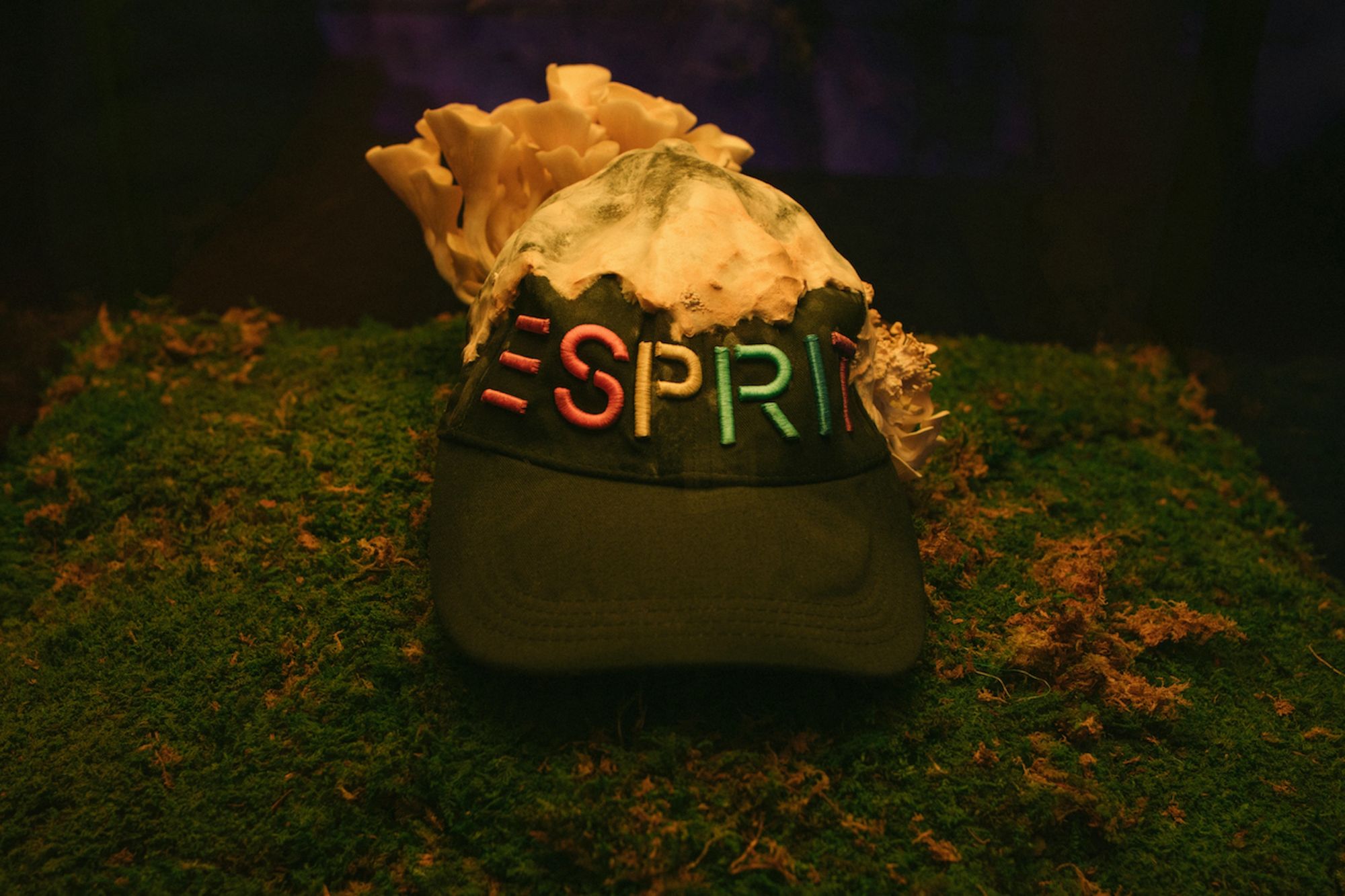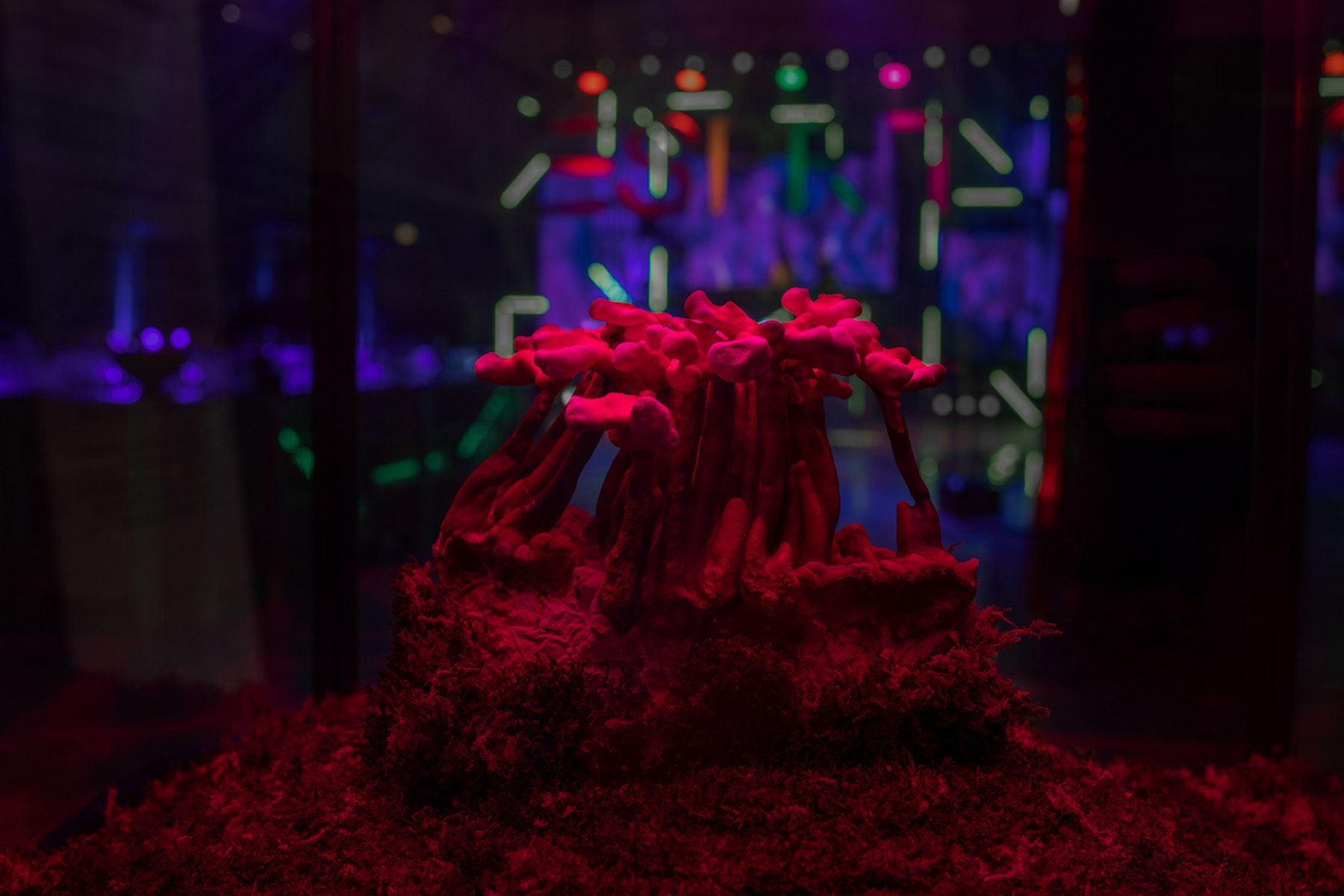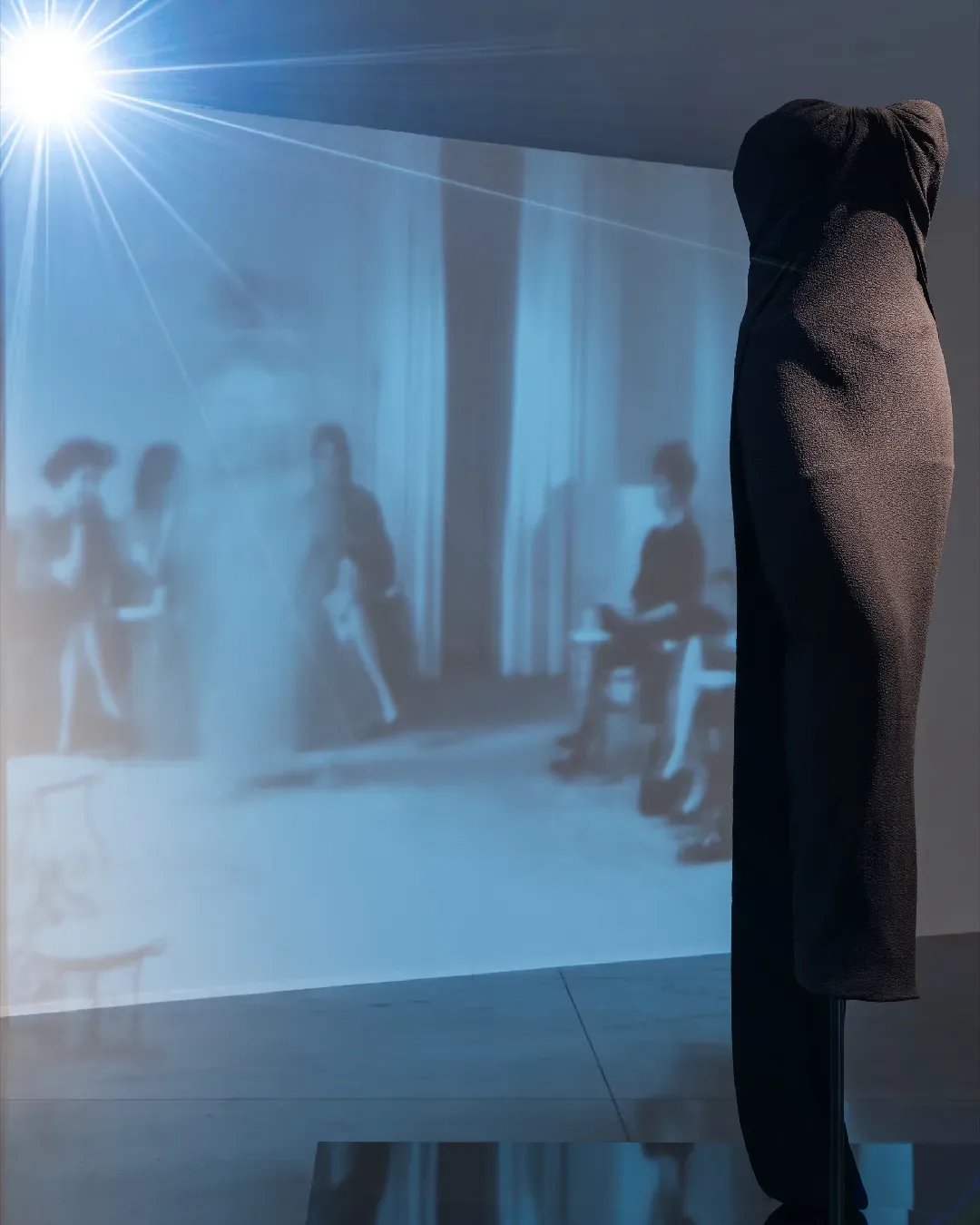
Could mushrooms be the future for textile waste disposal? Perhaps the most sustainable initiative is not to use mycelium to create new products, but rather to destroy them
From fabrics made from orange peels to the startup financed by Leonardo DiCaprio to create a special type of lab-grown leather using only a few animal cells, fashion has been trying for years to find a sustainable alternative to leather. Today, the global luxury industry thrives on leather goods, a market that accounts for about half of the $100 billion turnover of Europe's top five fashion system companies, set to grow by 63% by 2030. And among the various sustainable alternatives to canonical materials, mushrooms play a prominent role. Widespread in the domestic, beauty, and wellness sectors, featured in documentaries such as How to Change Your Mind, known for their psychedelic, therapeutic, nutritional, and sometimes harmful effects, mushrooms are naturally abundant in nature, grow fast, and require much less water than traditional textile production.
In theory, a mushroom product is also completely biodegradable and can be durable, colorful, and water-repellent. For all these reasons, Stella McCartney has chosen mycelium for her new it-bag, Frayme Mylo™, while Balenciaga and Hermès will follow to introduce bags, coats, and shoes made from the same material, although the production effort is still problematic and expensive. But perhaps the most sustainable initiative is not to use mycelium to create new products, but rather to destroy them.
The Esprit brand has recently hired the sustainable company Pentatonic in its work towards a more eco-conscious future in which waste disposal, especially textiles, is no longer an issue, once again exploiting the properties of mycelium. Not a collectible mushroom, but rather a vast root-like underground network from which mushrooms sprout. The Face reports that the two brands joined forces to conduct tests using mycelium, finding that the 'hungry mushrooms' ate organic fibers such as cotton and hemp better and chewed through undyed objects faster. «Watching the mycelium eat the garments in such a short time was a reminder of how this initial exploration could lead to a new set of possibilities,» a Pentatonic spokesperson told the British magazine. A disposal process that will most likely be available in 2024.
Textile alternatives based on mushrooms or bacteria may still be far from being a way to disrupt the fashion system as a whole, but they appear today as a viable avenue worth investing in. But as the overconsumption and toxic waste of the traditional textile and fashion industry continues, using the same material to destroy garments rather than create them can also be seen as an act of environmental protest, a reflection on the dizzying pace of production that drives the industry.


















































